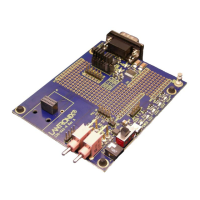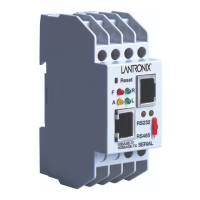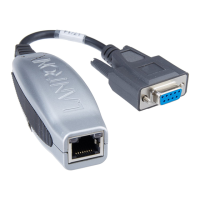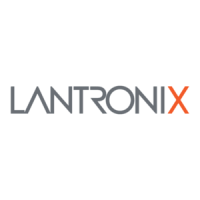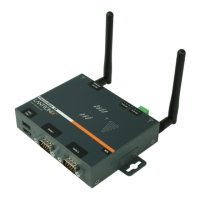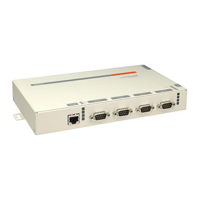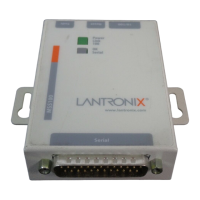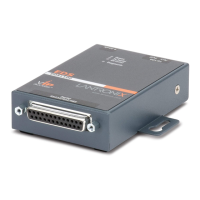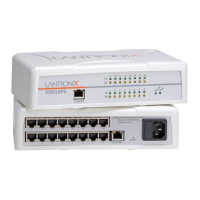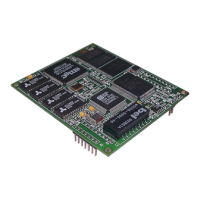Why are the serial settings wrong on Lantronix Network Hardware?
- TTravis AguilarSep 23, 2025
To solve the issue, the serial settings for the serial device and the Lantronix device server must match. The default serial settings for the device server are RS-232, 9600 baud, 8 character bits, no parity, 1 stop bit, no flow control.
